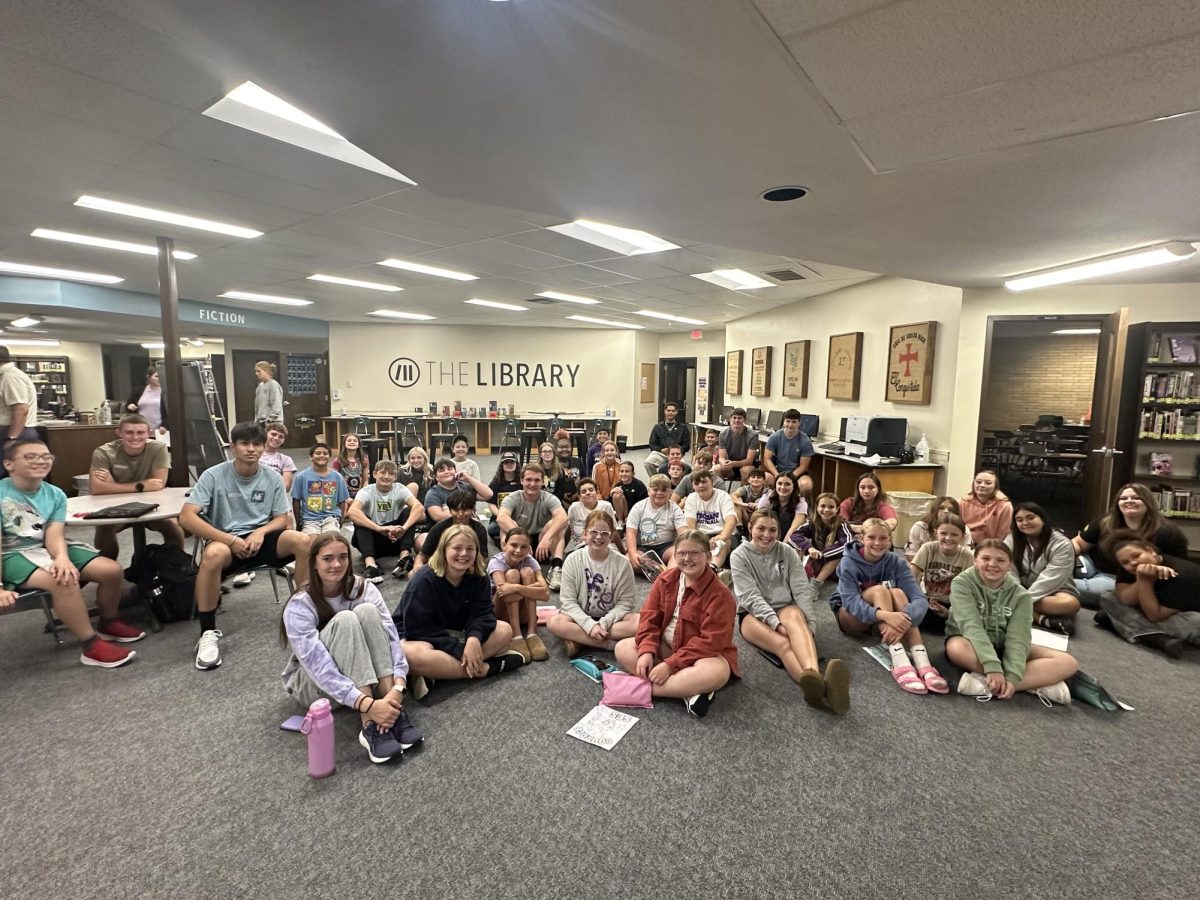The History of Valentine’s Day
January 26, 2022
Everybody thinks of Valentine’s Day as the cheesy, romantic holiday for couples, but do many people do not know the history behind the holiday. Valentine’s Day isn’t all about cupid shooting his arrow, it has some other interesting backstories.
Cupid is often known as the man shooting arrows of love at unsuspecting lovers. But the Roman God Cupid has his roots in Greek mythology as the Greek god of love, Eros. Cupid is also believed to be brought into this world by hatching out of an egg.
Valentine’s Day is celebrated every February 14th. We celebrate this day because a Greek Saint named Valentine was killed for trying to help Christians escape harsh Roman prisons. While imprisoned, St. Valentine sent the first “Valentine’s” letter to another individual in the jail. The salutation always said, “From your Valentine”, which started a trend that people still use nowadays.
An Emperor named Claudius II decided that single men were better soldiers than husbands, so he made a law that forbade husbands from being drafted to war.. Because of this law, Valentine was inspired to help young men find love. He later married the young men to their matches in secret to help the young men evade fighting in a war that they did not want to participate in. . Claudius II found out and was furious with Valentine for disobeying him. Claudius II insisted that he be punished for it.
There are also talks of a Pagan festival on February 15th in an effort to “Christianize” the celebration of Lupercalia. Lupercalia was a festival that was dedicated to Faunus, the Roman god of agriculture, as well as to the Roman founders. Later, Lupercalia was founded as “Un-Christian”, and was not considered to be a holiday anymore. That is when Valentine’s day was declared as February 14th.
The history of Valentine’s day is much different than how we view it today with flowers and candy. Even though the meaning behind it comes from almost 1525 years ago, the tradition is still carried out to this day.







